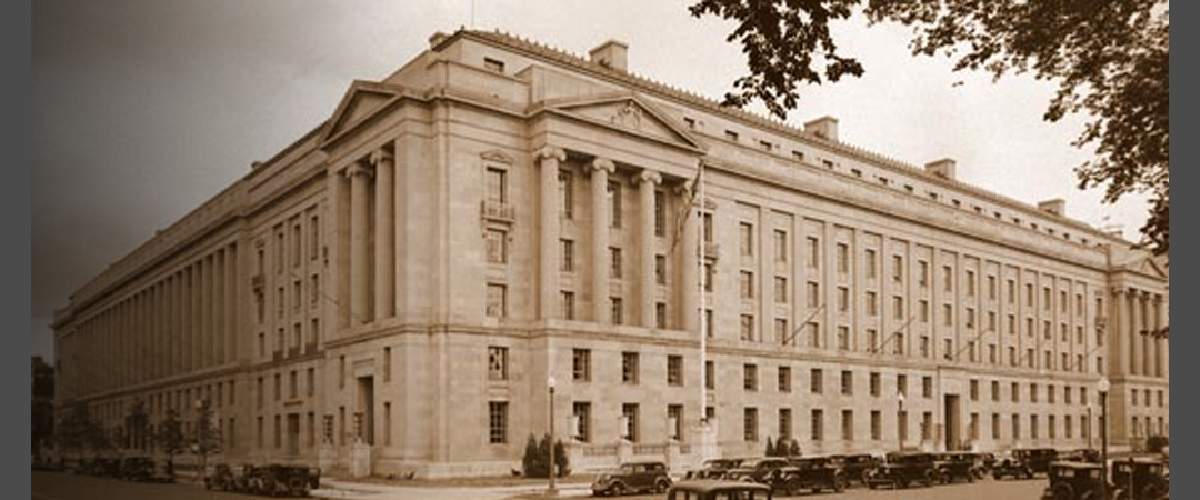Comparing the Candidates on Climate
Highlights and impressions from a reporter who is both a former climate scientist and the author of several books on energy technologies.
CNN’s evening-long special with 10 Democratic candidates for President proved to be a unique opportunity to compare their performance through a common lens — the challenge of climate change. Given that the presumptive Republican candidate, President Trump, denies that human-caused climate change is real, even with a monster hurricane moving towards landfall, and has been rapidly removing regulations that safeguard the climate, the comparison could not be more clear. All the Democratic candidates acknowledge the problem and its urgent nature, citing the latest United Nations report that says drastic changes are needed in the next couple of decades, with a phase-out of all net emissions of the gases warming the atmosphere by 2050, if irreversible changes to Earth’s climate are to be avoided.
All of the Democratic candidates would rejoin the Paris climate treaty on day 1 of their Presidency — they affirm that the U.S. must lead if virtually all nations are to take the steps needed, since a majority of the harmful emissions occur outside the U.S. All would fund expanded investment in solar, wind, and other clean energy sources, many explicitly suggesting raising funds through a “carbon tax” on emissions or its equivalent. Most of the candidates would ban new drilling for oil or gas on federal lands. Most also promised efforts toward environmental justice — money to help the most vulnerable communities recover from climate or other environmental disasters, or to help workers who lose jobs in the transition to clean energy sources. But from there candidates differed quite a bit in what they emphasized and in their performance.
Perhaps surprisingly, the most thoughtful proposal and one of the clearest and most confident presentations came from Andrew Yang. He correctly pointed out that economic and environmental goals are not really in conflict — as Republicans like to argue. Rather he suggested redefining economic measures to include environmental sustainability — at both corporate and national levels — so that markets can drive us where we need to go. He would cut subsidies to fossil fuel activities and refocus some of the military budget on building resilient infrastructure. He had ideas on how to reduce the influence of corporate lobbyists and on a constitutional amendment that would give the federal government an explicit mandate to protect the environment, so that the changes would endure past a single administration.
Amy Klobuchar also gave a strong, realistic presentation, focusing on restoring regulations and helping communities build climate-resilient infrastructure and create new jobs. She was one of the few to focus on improving energy efficiency in transport and buildings and the opportunities it offers for reducing emissions and creating jobs. She made a point of emphasizing scientific research and development to find new energy and climate solutions.
Elizabeth Warren proposed specific timetables to reach zero emission goals — first for buildings, then for cars and trucks, then for sources of electric power. She also wants to stop building any new nuclear power plants and “bet on science” to find energy storage solutions. She highlighted the risks of ocean warming and acidification, and the resultant impacts on fish stocks. Her presentation was a bit scattered, but full of detail, including a plan to spend $3 trillion over 10 years to address the climate transition.
Joe Biden emphasized that the U.S. must lead, citing his ability to deal with other world leaders on things like the fires in the Amazon, and proposed calling a global meeting of nations to re-invigorate the Paris climate treaty. He wants the U.S. to become the dominant player in the electric car market. But overall he was a bit vague on the details of his $1.7 trillion plan.
Kamala Harris seemed to position herself more as a prosecutor than a president. She wants to take polluters to court and would ban fracking and off-shore drilling. She did emphasize the importance of safe drinking water and said she would create incentives to reduce the use of plastics that cannot be recycled. But she was not very specific on how her proposals would solve the climate crisis and did not seem to understand the critical role of the arctic (and its melting ice) in triggering more rapid warming. In contrast, Pete Buttigieg was quite presidential, with clear proposals and thoughtful responses to questions.
Bernie Sanders proposed a $16 trillion plan that, among other things, would phase out nuclear power plants (never mind that they generate 20 percent of our electric power) and create a massive public utility to build and operate wind and solar energy facilities. However, the lack of clarity about feasibility or how it would be implemented did not do much to inspire confidence.
Common Sense for the Eastern Shore








